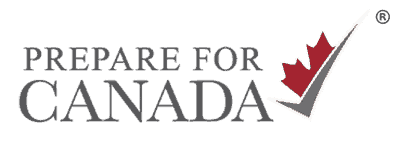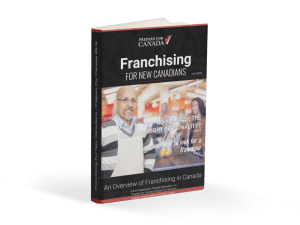
by prepareforcanada.com | Nov 29, 2019 | Career Pathways, Teaching

Identifying the best cities to find teaching jobs in Canada, requires knowledge of the national and local labour market. Therefore, you need to know how to conduct this research and what kind of information you require.
In addition to conducting research, you also need to know what other factors determine the demand for teachers. For instance, is the city experiencing population growth that would increase the demand for teachers? As well, the number of available teaching jobs is dependent on other factors such as:
And, while teaching jobs are available across Canada, the outlook for teaching jobs varies by region, for example, in Ontario, teaching jobs are limited. So, it’s important to do your research. When you explore best cities for teaching jobs, it’s best to start looking at the job outlook for the province or territory that you are thinking about living in.
You may find the outlook for teaching jobs is fair at the provincial level. However, you may find regions within the province where the outlook is good. So, you can explore the best cities to find teaching jobs within those regions.
Register to download our free guide and receive up-to-date information about how to apply for teaching jobs in Canada.
Based on the government of Canada research, the provincial job outlook is rated as:
Therefore, when you conduct research, you want to:
- identify what provinces have a fair or good outlook for teaching jobs
- Identify what regions within the province have a good outlook
In addition, teaching jobs can often be found in smaller cities that are located outside of large cities such as Toronto, Vancouver, Calgary, and Montreal.
How to research the best cities for teaching jobs
To find out what the teaching labour market is like across Canada, you can start by looking at the provincial labour market for your teaching level. A useful resource is the Government of Canada’s Labour Market Information (LMI) site.
The LMI provides regional labour market conditions by occupation. You can research labour market information for various teaching roles using either the title or the National Occupation Classification (NOC provides job descriptions and occupational statistics), for example:
- Secondary school teacher (NOC 21220)
- Elementary school teacher and kindergarten teacher (NOC 41221)
Related Posts:
Teacher Jobs in Canada | Everything Newcomers Need to Know
Working in Canada: A 5-Step Approach
Employment potential by province, region and city
Using the LMI, you can then explore the teaching employment potential by region within the province. As an example, the labour market potential for secondary school teachers in British Columbia for 2018 – 2020 is fair.
While the outlook for the province is rated as fair, there are three regions within BC where the outlook potential is rated as good.
So, you may want to explore teaching jobs that are available in cities within this region such as:
Factors that influence the outlook for teaching jobs
There are a number of factors that contribute to the number of teaching jobs available in Canadian cities. This can include:
- The projected employment growth based on population growth, student enrollment, and classroom size
- The number of teaching positions that will become available due to teachers retiring from the workforce
- The unemployment rate for teachers with recent experience in the city.

With a rapidly ageing population in Canada, job vacancies will likely increase as teachers plan to retire over the next five years. Teaching jobs will always be in demand. So, if you’re passionate about teaching, you’ll likely be able to secure a job. Also, if you’re willing to move to where an opportunity exists, you may find it easier to land a teaching job. As mentioned before, you may find greater job opportunities outside of large cities.
Provincial Outlook for Secondary School Teachers
The following provinces have identified a good employment outlook for secondary school teachers:
British Columbia Ι Quebec Ι Yukon
The following provinces have identified a fair employment outlook for secondary school teachers:
Alberta Ι Manitoba Ι New Brunswick Ι Newfoundland & Labrador Ι Nova Scotia Ι Prince Edward Island Ι Saskatchewan Ι Nunavut Ι Northwest Territories
The outlook for teaching jobs in Ontario is limited.
The employment outlook will be good for Secondary school teachers (NOC 4031) in British Columbia for the 2018-2020 period.
The following factors contributed to this outlook:
- Employment growth will lead to a moderate number of new positions
- Several positions will become available due to retirements
- There are a small number of unemployed workers with recent experience in this
Key takeaways for the best cities to find teaching jobs in Canada
- It’s important to know what factors contribute to the demand for teachers such as population growth; classroom size; and student enrollment.
2. A good starting point is to research what the labour market outlook is for the province or territory where you intend to settle.
3. You can find important labour market information through the Government of Canada.
4. When you source provinces where the outlook for teaching jobs is fair – good, you can conduct further research. Within the provinces, you can identify the regions and best cities to find teaching jobs in Canada. You can even check out our Rentals for Newcomers site to get information about rental prices across Canada and make it easier to find housing.

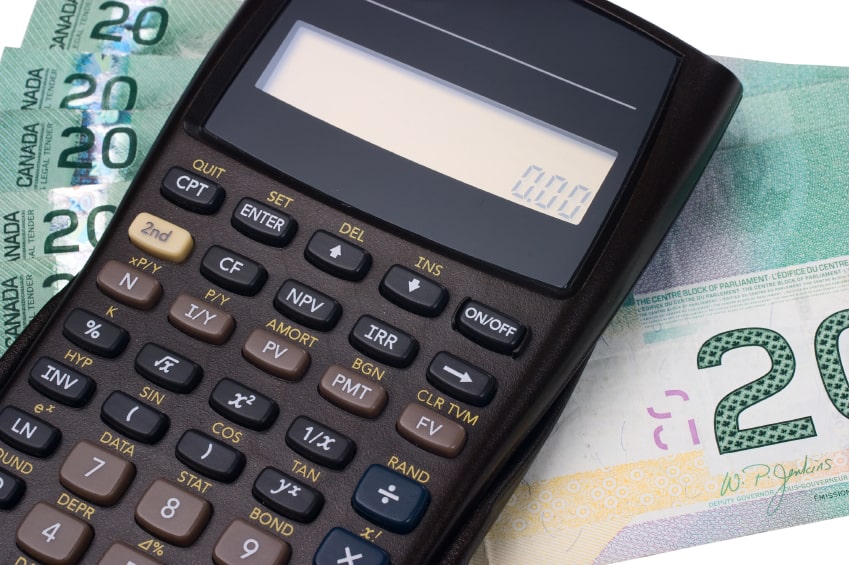
by prepareforcanada.com | Sep 4, 2019 | Banking & Financial First Steps in Canada

While it can be fun to think about our dreams for the future, especially when moving to a new country, it’s also wise to keep in mind the practical, day-to-day considerations about money. This is particularly important for newcomers to Canada who face questions such as, “How can I protect my money?” and “Where and how can I access my funds easily?”
Whether you are accustomed to banking in your home country or have never used a bank before, this article helps you understand the Canadian banking system and ways to manage your money.
Before you come to Canada
We can help newcomers to open a Canadian bank account and apply for a credit card even before landing in Canada. As Canadian immigration authorities require proof of funds when landing, newcomers can send money and access the funds on arrival. You may open a Canadian bank account by contacting the bank in your home country. Then, visit the nearest branch of that bank when you land in Canada to complete the process.
To choose among banks, visit their websites to compare services and fees. While many banks have national branches and automatic banking machine (ABM) networks, you should select a bank with branches in the community where you will live.
Establishing a bank account is invaluable since most Canadians rely on their banking system to receive their paycheques and pay bills. Also, when you receive a statement from your Canadian bank account with your new mailing address, it can be used to help you apply for government services, your provincial health card, or driver’s license.
Choosing the right account and features
The range of accounts can be overwhelming, but keep in mind that most newcomers will require at least a chequing account, to deposit funds, write cheques and pay bills. You will also get a debit card to deposit and withdraw funds from an ABM or branch. A higher-interest savings account and a credit card are also often useful.
Banks may offer banking service packages at low-cost monthly fees. For example, The  Program for Newcomers offers a number of banking options, including a chequing account with free day-to-day bank account for one year. To help you decide, multilingual branch and customer contact centre employees are glad to explain your options.
Program for Newcomers offers a number of banking options, including a chequing account with free day-to-day bank account for one year. To help you decide, multilingual branch and customer contact centre employees are glad to explain your options.
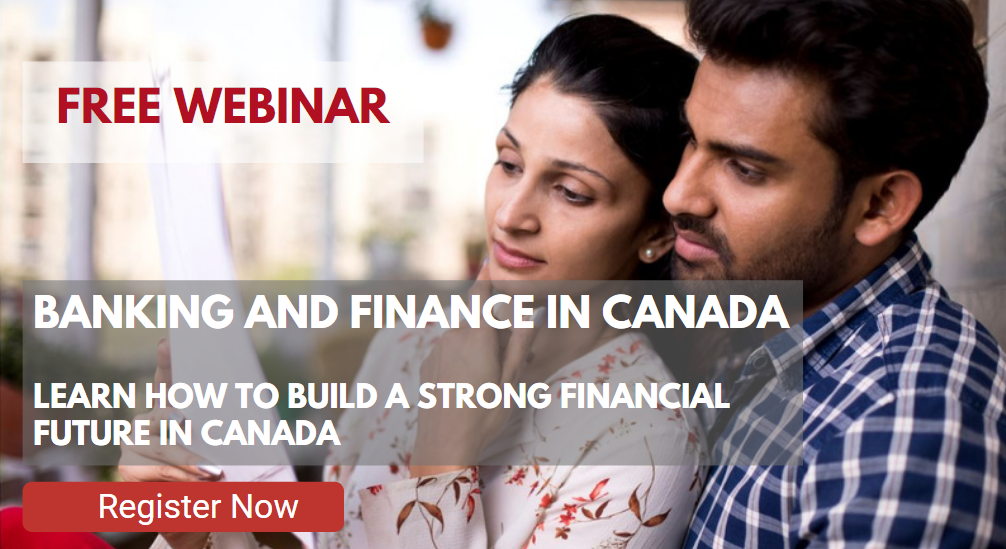
How to open your first account
A Canadian bank can provide the details, but in general, a landed immigrant requires a current valid passport and confirmation of immigration status to Canada. In addition to their valid passport, international students also require a letter of acceptance from a Canadian educational institution and a study permit. In the case of foreign workers, a current valid passport and a valid work permit will get them started banking in Canada.
By taking time to consider banking matters now, you’ll be ready to manage your financial needs and begin building your dreams in Canada.
Some helpful links:
- Learn about the
 Program for Newcomers, and details on international account opening options
Program for Newcomers, and details on international account opening options
- Review the typical banking terms glossary
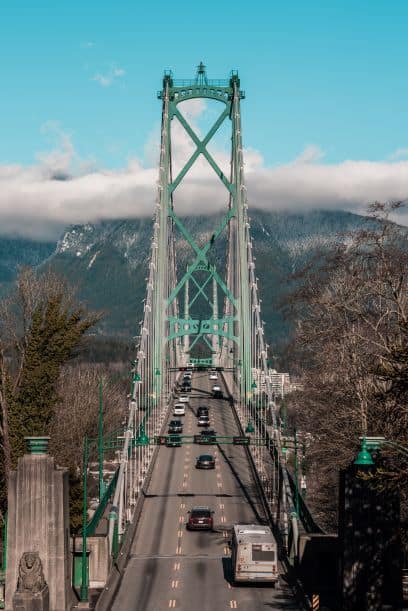
by prepareforcanada.com | Jan 23, 2019 | Living in Canada

Driving is a big part of life in Canada. If you are planning to move to Vancouver or anywhere in British Columbia (B.C), you will need to learn about the process for getting your driver’s licence in British Columbia. The steps to complete will differ depending on your current driver’s licence status. Below we will outline the steps to get your driver’s licence in B.C.
You Have 90 Days to Switch to a B.C Driver’s Licence
The local licencing authority is called the Insurance Corporation of British Columbia (ICBC). Newcomers to the province are allowed to drive using a foreign licence for up to 90 days after arrival. This is referred to as the 90-day rule. After this point, you can only use a driving licence in Canada issued by British Columbia.
How to Apply for a B.C Driver’s Licence
New residents can apply for a licence at an ICBC licencing offer. For the appointment you will need to bring:
- Personal identification
- Your current driver’s licence
- Proof of previous driving experience (driving record)
- Funds to pay for licencing fees.
To get a B.C licence you will need to surrender your previous licence to ICBC. Experienced drivers from approved countries can exchange their foreign licence for a British Columbia equivalent right away.
Reciprocal Licence Exchange List
Licencing requirements are based on your current licence and the country it is from. ICBC has licence exchange agreements with the following countries:
- Austria
- Australia
- Belgium
- France
- Germany
- Guernsey
- Isle of Man
- Jersey
- Ireland
- Japan
- Netherlands
- New Zealand
- South Korea (not motorcycles)
- Switzerland
- Taiwan (for passenger vehicles only, not motorcycles)
- United Kingdom (England, Wales, Scotland, and Northern Ireland
- United States.
If you hold a license from any of these countries, you will need to bring identification, (including a permanent resident card, or work/study permit). You will also need to surrender your existing licence and answer basic questions about road safety to get a British Columbia licence.
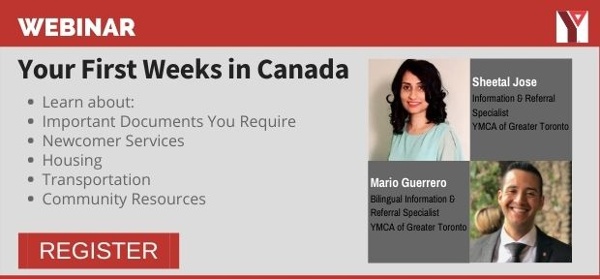
Related Posts:
What if I am Not from a Country on the Licence Exchange List?
If you have a licence from a country that is not on the list, you can still apply for a B.C driver’s licence. You will need to fill out an application and pass a knowledge test and road test.
- Complete the knowledge test: Book an appointment to complete your knowledge test. This is a multiple-choice quiz about road rules and road signs. You will need to get at least 40 out of 50 questions correct to pass. You can take the practice knowledge test online here.
- Take the class 5 road test: Once you pass the knowledge test you can make an appointment to complete your road test. If you pass the test, you will be issued a B.C driver’s licence.
You will have 90 days to complete the process.
Steps to Complete if You Have Less Than Two Years of Driving Experience
If you have less than two years of driving experience in your home country, you will have to take more steps to get a driver’s licence.
Those with more than two years of driving experience will get a full, Class 5 licence right away as outlined above. People with less than two years of experience will receive a Class 7 novice licence and may then apply for a full Class 5 licence when they have accumulated two years of experience. Foreign experience will be credited towards the two-year total.
You will enter the graduated licencing program. This is also applicable to newcomers who do not have a driver’s licence and want to get a B.C licence. Here’s how it works:
- Get your learner’s licence – your L: you will need to pass the knowledge test and a vision test
- Get your novice licence – your N: You will need one year of driving experience with a qualified supervisor. You will need to pass the Class 7 road test.
- Get your full licence: Complete 2 years of safe driving with your Class 7 licence and pass the Class 5 road test.
What to Know About Driving in British Columbia
Now that you know how to get a driver’s licence, let’s briefly talk about what it is like to drive in British Columbia. Here are some must-know facts:
In B.C. all drivers must:
- Have car insurance to drive a car
- Wear a seatbelt when driving (including passengers)
- Install winter tires in the winter months
- Be aware of driving conditions that can change quickly – you will experience rain, snow, icy roads at different times of the year
- Watch for wildlife – wild animals often cross the roadways, especially on highways and in mountainous regions.
- Obey speed limits and other traffic signs
- Pay fees to drive on toll roads in the province
- It is illegal to use your cell phone while driving
- The legal blood alcohol level is 0.05 in BC.
Also, to ensure your safety, it’s illegal to use your cell phone while driving and the legal blood alcohol level is 0.05 in B.C. However, it’s best to avoid drinking and driving.
For more information about living and working in Canada, check out our free webinars. We’ll help you to achieve success in Canada!
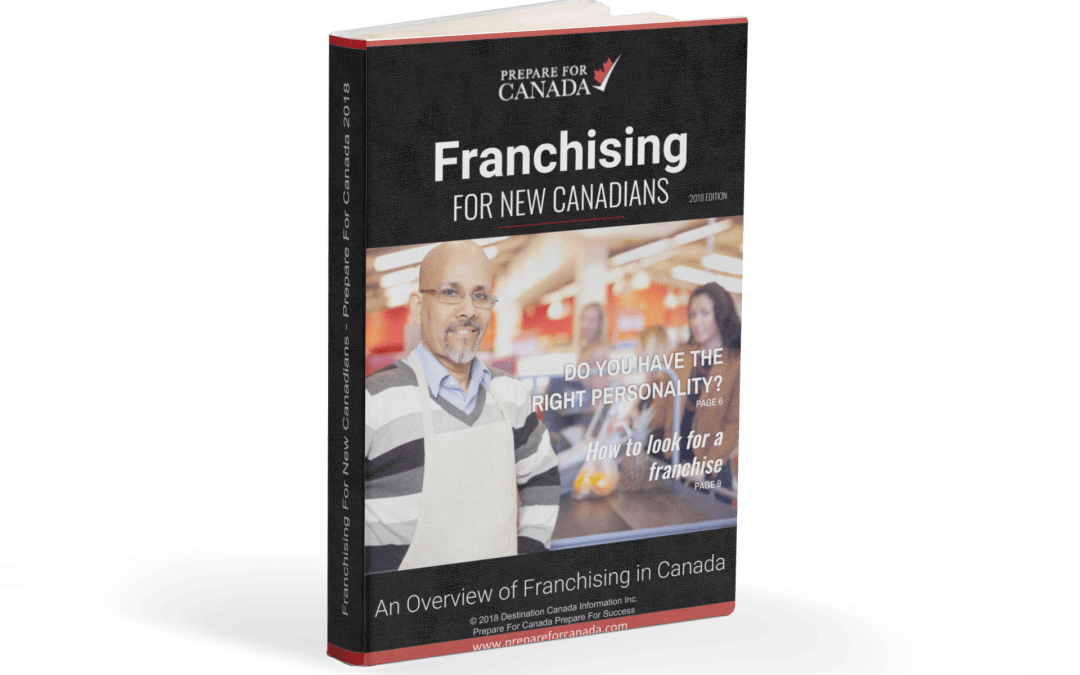
by prepareforcanada.com | Nov 13, 2018 | Franchise Opportunities

by prepareforcanada.com | Apr 26, 2018 | Living in Canada

When you arrive in Canada, one of the first things that you’re going to need is a mobile phone plan. You’re going to need to access the Internet and have a way to stay connected as you find your way around a new city. You’ll also need a mobile phone to apply for jobs so that employers can contact you. After all, the first step in any hiring process is usually a telephone interview.
You’re going to need a mobile phone plan that you can afford
To get connected with friends, family, and potential employers, you’re going to need a phone plan that is easy to activate and inexpensive. With Lucky Mobile, you can get access to a plan that suits your needs and budget, with standard features like voicemail, caller ID, call waiting and 3-way calling!
Learn more about Lucky Mobile:
A great option for newcomers who are looking for an affordable and reliable mobile provider. The best part is that you can bring your own phone or buy a new one. Plus, there’s no credit check, no long-term commitment and no data overage charges.
Learn More
What’s different about a mobile phone plan in Canada?
Many newcomers are surprised to learn that features like voicemail and caller ID are not included as standard. You’ll need to check with your provider whether these are included in your chosen phone plan in Canada.
Long-distance
Canada is a big country, this means if you want to call outside your city, you may incur additional charges.
Ask which locations are included in your mobile phone plan. Is it limited to your locality, or is it Canada-wide? And if it’s limited, where is it limited to?
If you want to keep in touch with people back home, many mobile phone plans include international calling or texting in the cost, so you can keep in touch with home. If not, you may be able to get it included as a cheap add-on.
6 things you need to know about your mobile phone plan in Canada
- Where can I call as part of my mobile phone plan?
- Will I incur extra charges if I call outside of my local area, or use my phone in another city?
- What will it cost to terminate your contract for your mobile phone plan in Canada?
- Is caller ID and voicemail included?
- Are there roaming fees?
- What happens if my mobile phone is damaged?



